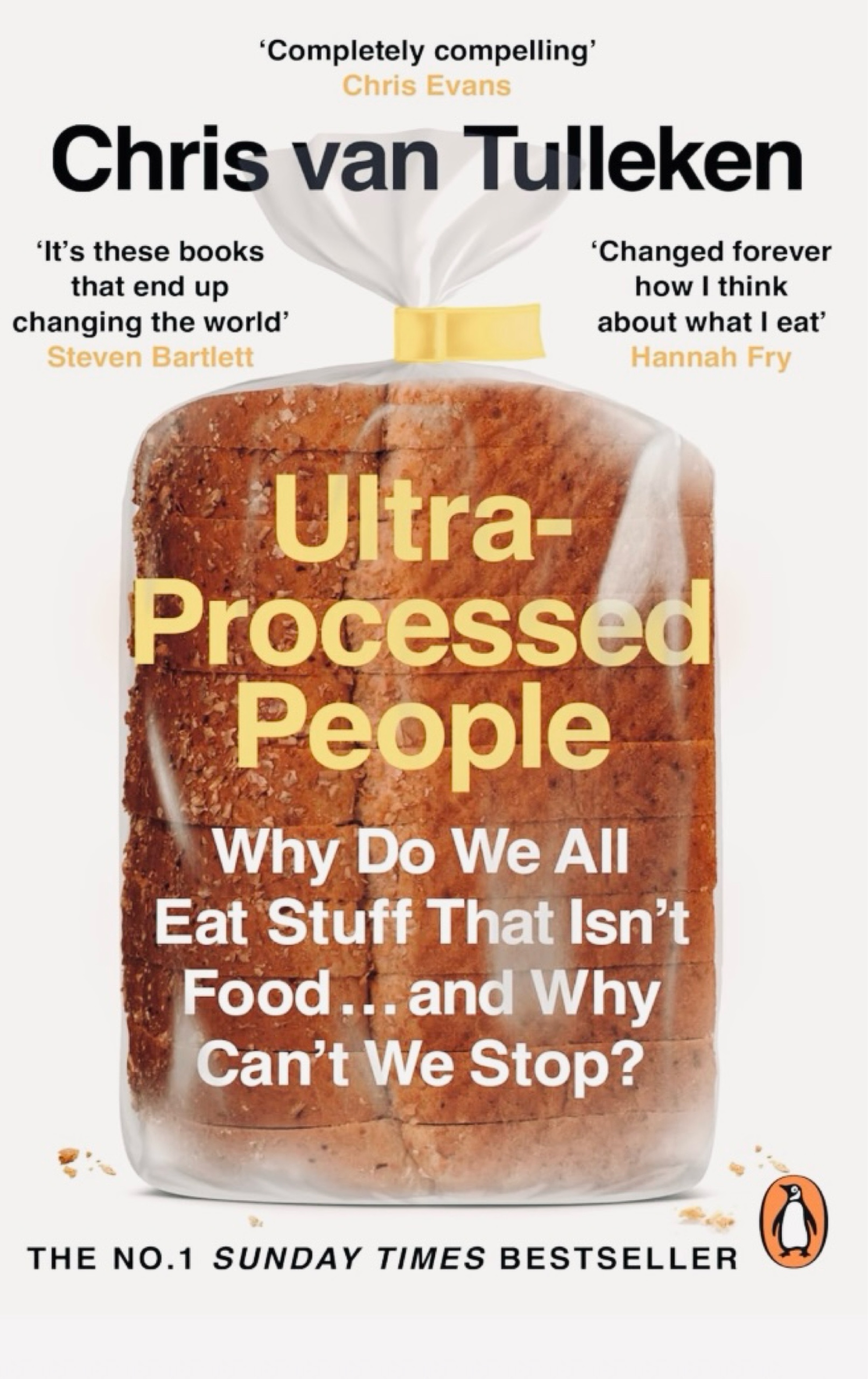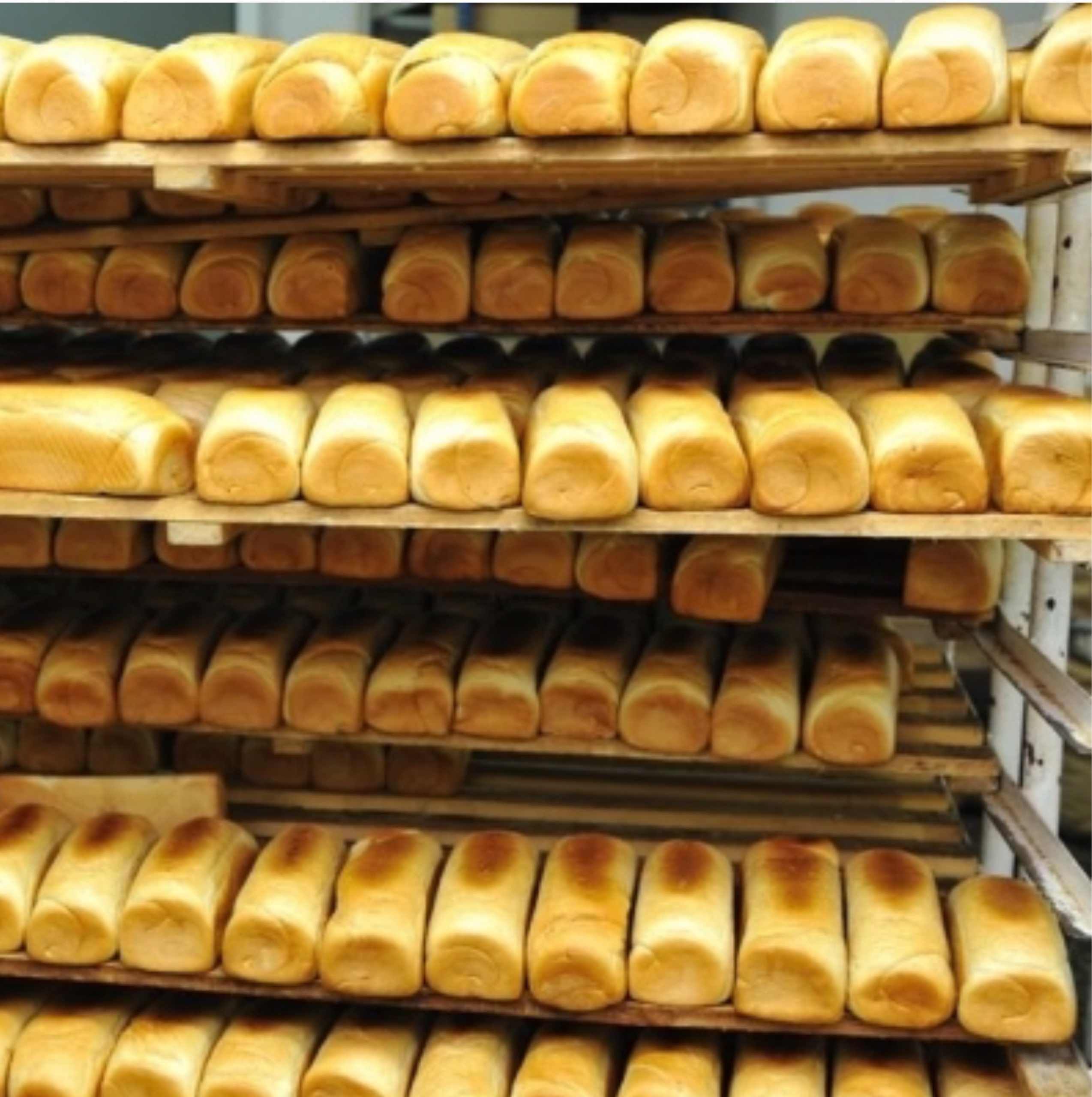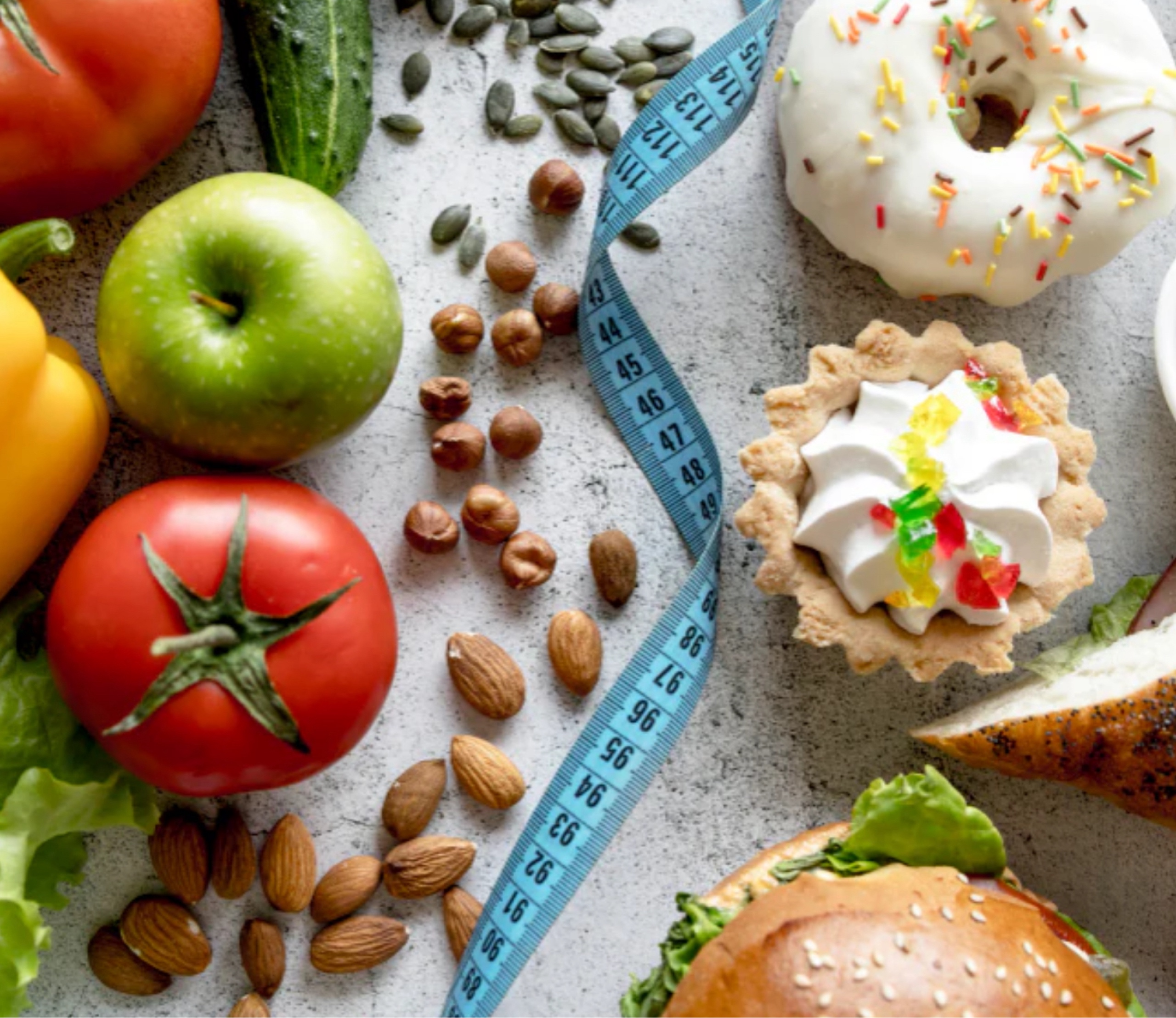Ultra Processed Foods - an Overview

I suspect that many of you are unlikely to be regular quaffers of questionable fast foods, but Ultra Processed “Foods” have managed to worm their way into an extraordinary number of foods, and it’s harder than you might think to avoid them.
If you haven’t already, I really recommend reading or listening to Chris Van Tulleken’s book Ultra Processed People, and naturally it goes into far more detail than I can here. Of course - as ever - there are contradictions out there. Are seed oils really bad for you? Are all lecithins the same? It can be hard to drill down and know what’s really the case, but sometimes one set of evidence is really much more compelling than another, and - at least until further knowledge is unearthed - that’s the one to go with.
We’ll take a fairly broad look at what UPFs are and why they pose such a problem to us, and then next time we’ll look in more detail about some of the specifics.

Ultra-processed foods (UPFs) are food products that undergo multiple stages of industrial processing and contain a variety of added ingredients such as preservatives, colourings, flavourings, sweeteners, and emulsifiers, all of which can pose problems to our health. Unlike minimally processed foods (e.g., washed and chopped fruits or vegetables), UPFs are far removed from their original food source and are often formulated to be convenient, long-lasting, and highly palatable. Some of the difficulty lies in the fact that sometimes there are UP versions of foods that would otherwise just be processed. Bread is an interesting example of this. Bread could be made with flour (itself a minimally processed product, humans have been doing it for about 32 000 years - although if you do it with heated metal rollers, it is a different process), water, salt and yeast - or airborne yeasts if sourdough. Then it could be left to rise naturally over a long period of time and cooked. Or, it could be produced by the Chorleywood process and have all sorts of things added, especially if sliced (to stop the slices sticking together), and be a different prospect entirely for our bodies to process.

There are some characteristics that UPFs have in common, and also a classification system, but it still isn’t always clear cut what “counts”. If it’s something you have made at home, it could contain UPF elements, and if it’s something you absolutely couldn’t make at home (like fake meats) then it is a UPF.
Characteristics of UPFs
Extensive Industrial Processing: UPFs undergo multiple stages of processing, including chemical and mechanical processes, often stripping the food of its natural nutrients and fibre. The reason fibre is taken out is that it shortens shelf life. You probably know about the polished rice and beri-beri?
Artificial Ingredients: They contain additives not typically found in home kitchens, such as artificial flavourings, colorants, emulsifiers, and preservatives to enhance taste, appearance, and shelf-life.
High in Unhealthy Components: UPFs tend to be high in added sugars, unhealthy fats, and sodium while being low in beneficial nutrients like fibre, protein, vitamins, and minerals.
Convenience-Oriented: Designed to be quick and easy to consume, requiring little to no preparation, and therefore very easy to over-consume.
Common Examples of UPFs:
- Soft drinks, sweetened fruit juices, and energy drinks
- Packaged snacks like crisps and sweets
- Instant noodles and ready-to-eat frozen meals
- Processed meats like hot dogs, sausages, chicken nuggets and fake meats
- Mass-produced breads, pastries, and cakes
- Breakfast cereals with added sugars
- Flavoured yoghurt with added sweeteners, emulsifiers, and thickeners
- Store-bought sauces, dressings, and spreads
- Milk alternatives such as oat milk, soya milk, almond milk, rice milk and so on. These are really emulsions, and are often considered healthy, but are very much not and some can be very detrimental environmentally. The same is usually true for vegan “cheeses”.

It might be helpful to look at NOVA here, which is an attempt to classify foods according to their processing level.
Group 1: Unprocessed or Minimally Processed: Fresh fruits, vegetables, whole grains, eggs, milk.
Group 2: Processed Culinary Ingredients: Salt, oils, butter, sugar - and flour.
Group 3: Processed Foods: Canned vegetables, cheeses, breads, or pickled foods with minimal additives.
Group 4: Ultra-Processed Foods: Heavily industrialised foods like sugary cereals, soda, fast food, packaged baked goods.
Of course, cooking is a type of processing, and food stuffs like meat and eggs that count as Group 1 (minimally processed or unprocessed) need cooking before consuming.
Picking berries off the bramble and eating them straight away is an example of an unprocessed food. Pulling carrots from the earth and washing them is a low level of processing. Cooking potatoes is an essential process. Cooking other veg may be optional, but it was the discovery of fire and the ability to cook foods (thus improving “caloric efficiency” and making more foodstuffs edible, like tubers) that likely supported the growth of the human brain, leading to more complex social behaviours, tool use, communication and problem-solving. (On the other hand, it was partly responsible for our smaller jaws, which over the centuries has lead to problematic breathing).
So not all processes are problematic. Some of them are essential for us to get to the nutrients, or to not be poisoned by the food itself (don’t eat raw kidney beans, for example), and some processes are time-consuming but not harmful - for example, the slow proving of sourdough bread. Or even the overnight proving of yeast bread. It’s the time element involved in producing these foods that ultra processing aims to eliminate - in order to be able to produce the food more cheaply. Hence the Chorleywood process, a means by which air is forced into bread dough quickly rather than letting the yeast, and time, do their thing. Similarly, fermented foods like sauerkraut and kimchi cost money because time is required in their production, in a way that pickling things in sweetened vinegar does not.
It’s also the case that some simple, non -industrialised processes can be surprisingly harmful. You can extract the juice from an orange just by squeezing it into a cup - or even your mouth - with your bare hands, and by consuming it without its fibrous pulp, give yourself a blood glucose spike, especially if you do it six times (the number of oranges juiced for the average glass of orange juice). If you were to mush up the orange and its flesh, as in a smoothie, then even though the fibre is still present, its structure has been changed, the matrix of the food has been altered, and your body responds in a different way (in this case, with more of a glucose spike than if you ate the fruit, less of a glucose spike than if you drank the juice). Nuts and nut butters are another example. The calorific value of nuts is determined by the bomb calorimeter approach we have mentioned before, but the energy is less available to us in the whole nut form than it is in the completely crushed form that is a smooth nut butter. Another reason to stop thinking of foods in terms of calories.
Thinking about the food matrix is important and likely to become more mainstream as time goes on. The reductionist approach of looking at foods in terms of their constituent components is not generally helpful for considering the effect foods have on us.
This has been shown in experiments where diets have been exactly matched in terms of nutrients, but one is based on UPFs and one is based on whole foods, and the difference in health outcomes - after just a fortnight -has been staggering.
As I mentioned, there are foods that you can - and maybe do - make at home that have Ultra Processed versions. Bread, cakes, biscuits, sweets - even crisps - can be made at home, and of course many “ready meals” are based on traditional meals, and something in the ingredients or the way that they are processed tips them over the edge. For this reason, it’s easy to skim a list of ingredients and see that 90% of the product is the same as if you made it yourself, with a few odd things added at the end.
So is this really a problem?
It depends of course on what the odd things are, and also who you ask, but these are the key issues:
Negative Impact on Gut Health: UPFs often lack dietary fibre and contain artificial additives that can disrupt the gut microbiome. This can lead to poor digestion and inflammation, which in turn is linked to various chronic diseases, as we have talked about at length. Really, gut health is key, and anything that disrupts it is harmful. Of course, if it’s antibiotics that will save your life, you’d have to go for it, but if it’s something you can avoid….
Low Nutritional Value: UPFs are typically low in essential nutrients like vitamins, minerals, and fibre. They're often calorie-dense but nutrient-poor, and exceptionally easy to consume.
High in Harmful Ingredients: UPFs are often loaded with additives such as artificial preservatives, flavours, colours, and emulsifiers. They also tend to be high in unhealthy fats, sugars, and sodium, all of which can contribute to health problems like obesity, high blood pressure, mental health issues, and heart disease.
Linked to Chronic Diseases: Regular consumption of UPFs is associated with an increased risk of a range of chronic diseases, including obesity, type 2 diabetes, cardiovascular disease, mental health issues, and even certain cancers. These foods tend to promote weight gain due to their high calorie density and low satiety.
Highly Palatable and Addictive: UPFs are engineered to be hyper-palatable, making them easy to over-consume. The combination of sugars, fats, and salt triggers pleasure centres in the brain (we looked at this in the Feeling Good section), which can lead to addictive eating behaviours and difficulty controlling portion sizes.
Impact on Mental Health: Emerging research suggests that UPFs may negatively affect mental health. Diets high in UPFs have been associated with increased risk of depression and anxiety, possibly due to inflammation, gut health issues, and blood sugar fluctuations. Of course, this can be a bit of a vicious cycle, as avoiding UPFs requires a pretty monumental effort, which is even harder to make if your mental health is not robust.
Environmental Concerns: Many UPFs are made with cheap, mass-produced ingredients that contribute to environmental degradation. Industrial farming, monoculture, and high energy use in food production and packaging contribute to their carbon footprint.
That’s a pretty bad list of harmful effects due to UPFs, and it’s quite hard to separate out which are the worst elements for us.
And it’s interesting, because when we look at populations that have generally enjoyed good health, say on the “Mediterranean diet”, they have many elements that are generally considered “unhealthy” by the various nutritional advisory peeps. Lots of vegetables, tick, but also lots of saturated fats (which probably aren’t the problem they have been thought to be) - and! - products made with refined sugar and flour. A croissant, or tiramisu, is not a food that is close to its natural state, for example.
So there are foods that are nutritionally more empty, and without the benefit of ultra processing they hit that sweet spot of fat sugar and salt that make them trigger those reward centres and make them very appealing to eat. As Chris Van Tulleken points out in his book, it is perfectly possible to put on weight, for example, on a “banquet diet”. King Henry VIII proved this, and there wasn’t a UPF in sight back then. You can certainly make a home made dessert with non UPF ingredients and find a second helping very appealing. But there does seem to be something else going on with the ultra processing of foods that is making a huge difference to our health and well being. And many people are questioning whether they really want to be part of this experiment.
In simplest terms, the issues seem to arise either because the additives or processes themselves are harmful (in the case of some emulsifiers) or the harm results from the body not understanding what the “food” stuff is, as is the case with sweeteners.
Interestingly, Chris Van Tulleken points out that nowadays a bag of sugar in the cupboard that isn’t just used for tea or coffee could be seen to indicate a healthier household - because baking from scratch is so much better for us than buying biscuits and cakes.
Part of the reason for this is that shop bought cakes have a lot more sugar in them than home made (because sugar is a preservative) but a bigger part of the reason is the emulsifiers and other additives.
Essentially, there are ways to flatten the glucose curves that sugary foods would otherwise create, but the only thing you can really do to mitigate the harmful effects of UPFs is to eat as little of it as possible and eat food that is maximally nourishing the rest of the time.
In the next article on this topic we’ll look at the particular issues with additives such as emulsifiers, sweeteners, flavourings and preservatives, and also whether seed oils are really the toxic nasties that some people claim.
For now, I recommend just becoming even more aware of what’s on the label of foods, and where there’s a choice, going for the simplest foods that are as close as possible to that which you would make at home.